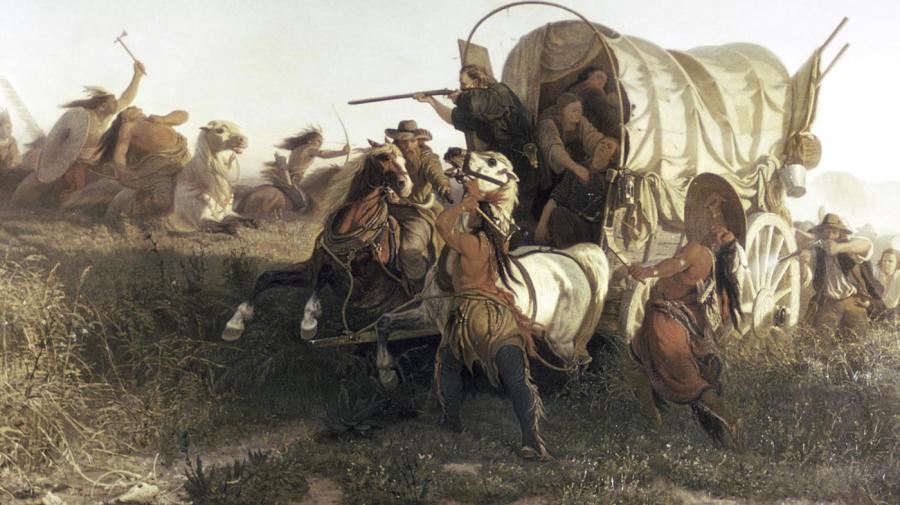How Did “Manifest Destiny” Affect Native Americans?

The term “Manifest Destiny” was first used in 1845 to reference the widespread belief that enterprising pioneers had a divine right to expand from the east coast to the west coast of the continental United States. Native American tribes impeding this grand destiny had to be addressed.
As a direct result of the wave of nationalism rocking the country and a growing demand from European Americans for more land on which to settle, President Andrew Jackson signed the Indian Removal Act on May 28, 1830. The policy gave Jackson the right to negotiate removal treaties with certain tribes. These treaties compelled them to give up lands east of the Mississippi and relocate west to areas specifically delegated to them. Some tribes went peacefully, and others refused to leave their homelands. The Second Seminole War caused thousands of deaths, and the brutal westward march of the Cherokee Nation ended in an estimated 4,000 deaths due to starvation, exhaustion, disease and exposure.





